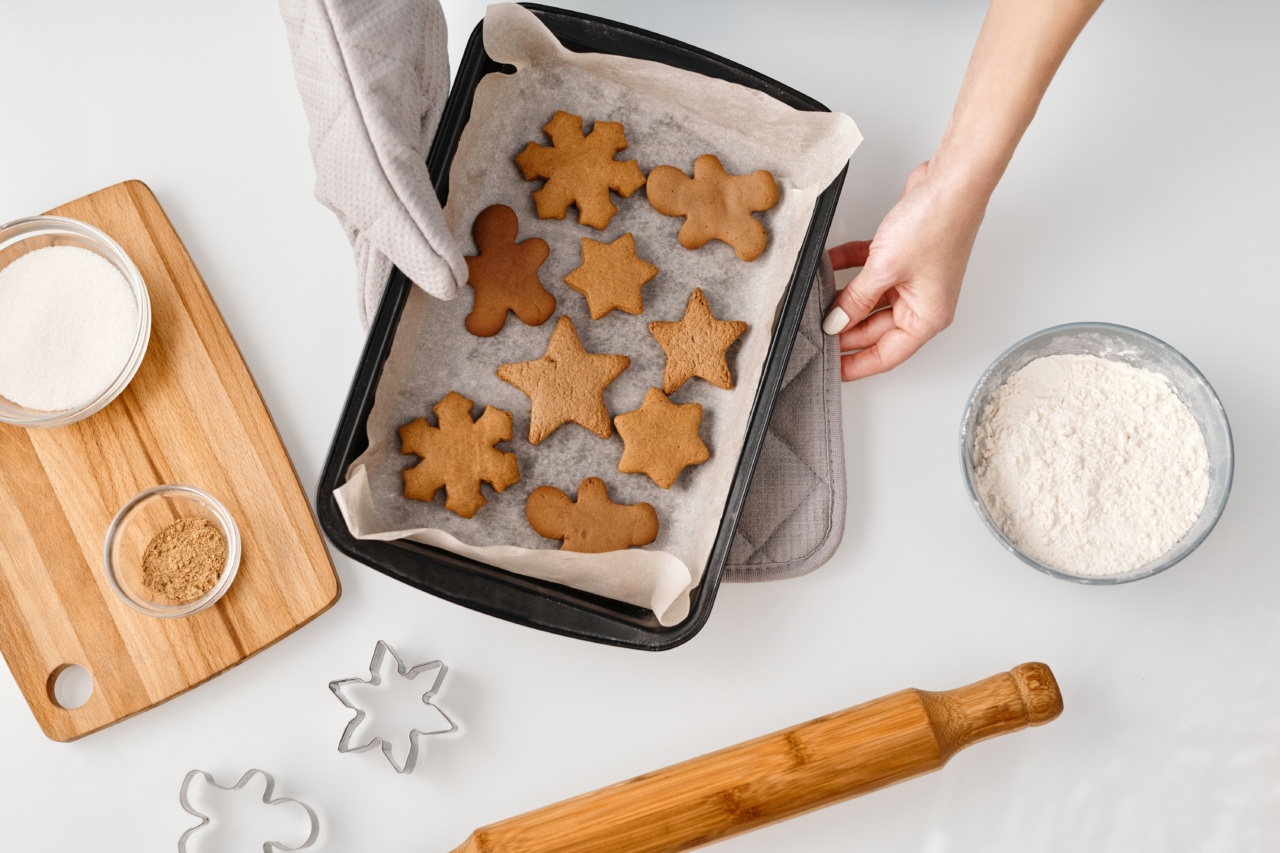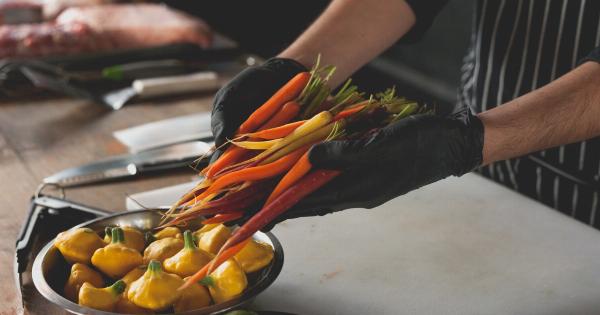As the holiday season approaches, families and loved ones gather to share delicious meals and create lasting memories. But amidst all the merriment and joy, it is important not to overlook the crucial aspect of hygiene in Christmas meal preparation.
Ensuring food safety is essential to avoid the risk of foodborne illnesses and to guarantee a delightful holiday feast for everyone. Let’s explore the ABCs of hygiene in Christmas meal preparation.
Attention: The Key to Safe Food Handling
The first step in any successful Christmas meal preparation is attention to detail. Below are some key points to keep in mind:.
1. Menu Planning
Prior to the Christmas feast, create a well-thought-out menu. Consider the dietary restrictions, preferences, and allergies of your guests. This will help you to avoid cross-contamination and ensure the safety of everyone enjoying the meal.
2. Shopping Smart
When shopping for ingredients, pay attention to expiration dates and avoid buying any damaged or bruised produce. Ensure that you are purchasing from trusted sources and follow guidelines for safe food handling during transport.
3. Proper Storage
Once you have your ingredients, it is important to store them correctly. Keep perishable items, such as meats and dairy products, in the refrigerator at the appropriate temperature to prevent bacterial growth.
Store dry goods in a cool, dry place away from direct sunlight.
4. Thawing Safely
If you are using frozen ingredients, make sure to thaw them safely. The safest way to thaw food is in the refrigerator.
Alternatively, you can use the defrost function on a microwave or cold water method, ensuring that the water is changed every 30 minutes.
Bacteria: The Unseen Culprits
Bacteria are invisible to the naked eye but can pose serious health risks if not handled properly. Follow these tips to minimize the presence of harmful bacteria:.
5. Separation of Raw and Cooked Foods
Prevent cross-contamination by keeping raw meats, poultry, and seafood separate from ready-to-eat foods. Use different cutting boards and utensils for each type of food to avoid the transfer of bacteria.
6. Safe Meat Handling
When handling raw meat, always wash your hands thoroughly before and after. Avoid rinsing or washing raw meat, as this can spread bacteria through splashing. Cook meat thoroughly to kill any harmful bacteria that may be present.
7. Safe Egg Handling
Eggs are a staple in many holiday recipes. Handle eggs carefully, ensuring that you purchase them from a reliable source. Keep them refrigerated and avoid using cracked or dirty eggs. Cook eggs thoroughly to avoid the risk of Salmonella.
Cleanliness: The Foundation of Food Safety
A clean and sanitary environment is essential for food safety. Consider these cleanliness guidelines:.
8. Hand Hygiene
Washing hands properly is one of the most effective ways to prevent the spread of bacteria. Use warm water and soap, rubbing hands together for at least 20 seconds. Dry hands with a clean towel or air dryer.
9. Surface Sanitization
Ensure that all food preparation surfaces, utensils, and equipment are clean and sanitized before use. Use hot, soapy water and thoroughly rinse surfaces to remove any residue. Sanitize with a solution of one tablespoon of bleach per gallon of water.
10. Cleaning as You Go
Clean up spills and messes immediately to prevent cross-contamination. Regularly wash dishcloths, sponges, and towels to avoid the buildup of bacteria. Replace them when they become worn or dirty.
By following these ABCs of hygiene in Christmas meal preparation, you can enjoy a safe and delightful holiday feast with your loved ones.
Attention to detail, understanding the risks associated with bacteria, and maintaining cleanliness are vital in ensuring food safety. Have a merry and hygienic Christmas!.




























